Hatchbacks are currently undergoing something of a renaissance in North America with high-performance editions of popular models like the Golf (R), the Focus (RS), and the Civic (Type R) finally unleashing their thunder on this continent after years of dominating European and Japanese asphalt.
That got us thinking about all the “other” hot hatches over the years that we’ve been denied, forcing us to watch from afar as the rest of the world got to bounce off the rev limiter in tiny hatchback hooligans.
Check out our picks for 10 of the best hot hatches that were never sold in North America.
Ford Escort RS Cosworth
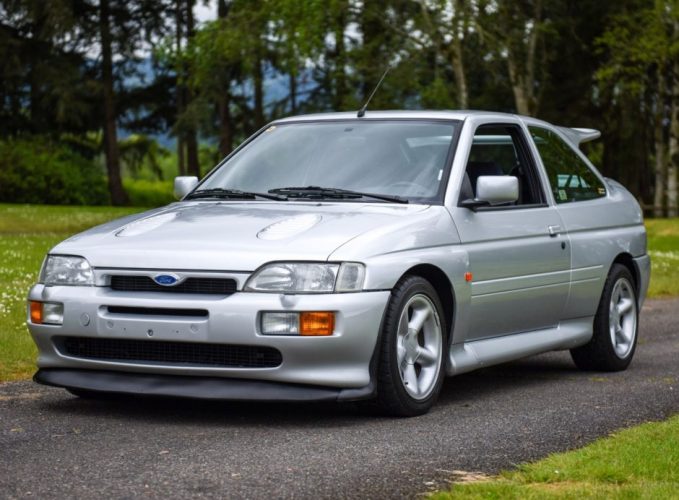
What Is It? The Ford Escort RS Cosworth was built in the early ’90s in order to homologate the Escort platform for competition in Group A of the World Rally Championship. Ford had to build at least 2,500 examples in order for the car to be legal for entry, but it ended up pushing out over 7,000 from 1992 to 1996.
Why Is It Awesome? Think “street legal rally car” (a theme that we’ll encounter more than once when discussing this variety of forbidden fruit), and you’ve got the general idea. The turbocharged 2.0-liter four-cylinder in the Escort was rated at just under 230 horsepower and 230 lb-ft of torque in stock trim, but the engine, developed by the racing mavens at Cosworth, was good for more than 1,000 ponies once properly tuned. All-wheel drive and a five-speed manual transmission were standard with this version of the Escort, and it was one of the first cars to offer functional aero front and rear by way of its splitter and enormous whale tale double-wing.
Why Didn’t We Get It? In the ’90s, WRC was barely a blip on the radar for North American racing fans, and Ford’s U.S.-market Escort had always been a sad echo of its more sporting European cousin.
Renault Clio V6 Renault Sport
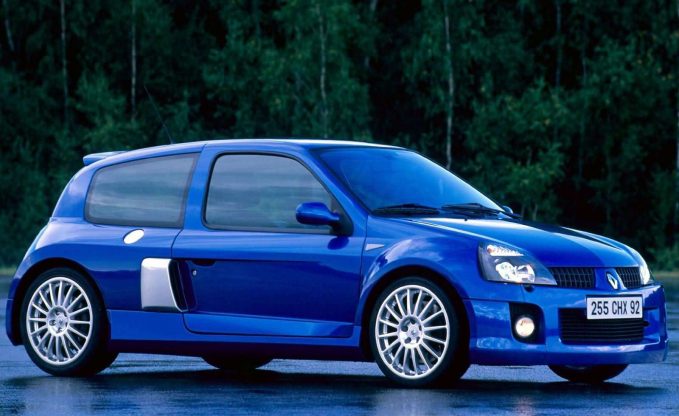
What Is It? Well, in case having Renault repeated twice in its name didn’t tip you off, it’s the most bonkers hatchback ever produced by the French automaker, which is really saying something given Renault’s penchant for building over-the-top compacts.
Why Is It Awesome? The V6 Renault Sport wasn’t the first high-performance version of the Clio — the 172 Cup had been around for a while by the time it appeared in dealerships in 2001 — but it was definitely the first to ditch its front-wheel-drive layout (opting for a re-engineered rear-wheel drive setup), as well with the back seat, which was replaced by a 3.0-liter V6. Developed conjunction with Tom Walkinshaw Racing, the original Clio V6 featured 230 horsepower a chassis that was, well, a bit of a handful. Renault eventually tagged in Porsche to help them develop a more refined model in 2003, which featured close to 260 horsepower along with a much more stable personality at the limit.
Why Didn’t We Get It? The Clio V6 is like the Hellcat of hatchbacks. It’s the kind of car Renault engineers draw on the back of a rave flyer after a weekend-long ecstasy binge. It’s not the type of vehicle you export to a country that gave up on French cars a decade beforehand.
ALSO SEE: Top 10 Hot Hatches We Wish Were Sold in North America
Vauxhall Astra VXR
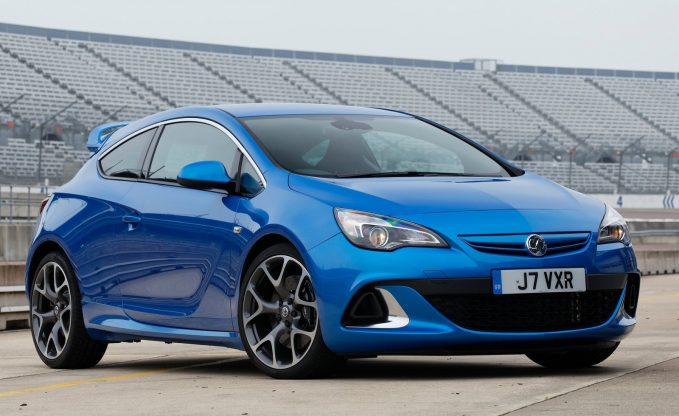
What Is It? Based on the Opel of the same name but sold as a Vauxhall in England, this is the hatchback General Motors could have built if it cared about sport compact performance, or felt like giving the Saturn division something to do other than declare bankruptcy.
Why Is It Awesome? A 280-horsepower 2.0-liter turbocharged four-cylinder engine? Check. 155 mph top speed? Yup. Adaptive suspension system? You got it. Able to hit 60 mph from a standing start in under six seconds? Definitely.
Why Didn’t We Get It? Because we were instead served up the Astra’s neutered sibling the Saturn Astra, which was aimed at budget-minded buyers, not the thrill-seekers. GM just finished divesting itself completely of its Opel operations, so the VXR will forever remain “what might have been.”
Audi RS3 Sportback
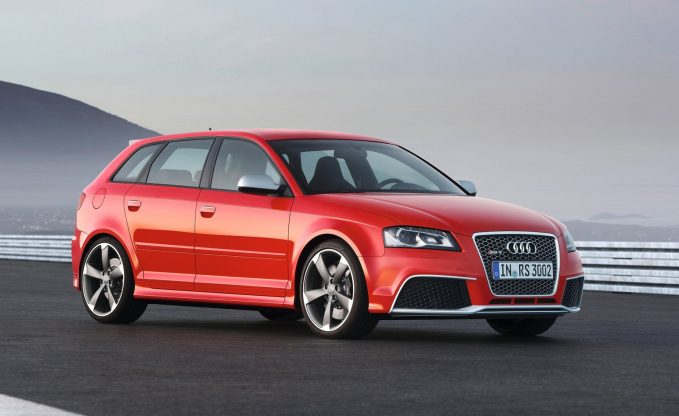
What Is It? The most powerful hot hatch ever built by Audi, available in several generations to customers outside of North America, starting in 2011.
Why Is It Awesome? Rather than stick with the corporate turbo four found in the Audi S3 (and the Volkswagen Golf R), the RS 3 features a 2.5-liter turbocharged five-cylinder engine that doesn’t just sound amazing but also offers up between 340 and 400 horsepower depending on the model year. This unit is coupled with a choice between manual and dual-clutch automated manual transmission, as well as standard quattro all-wheel drive. The latest RS 3 can hit 60 mph in 4.3 seconds.
Why Didn’t We Get It? Despite selling a ton of S7 and RS7 hatchbacks, Audi is convinced that Americans and Canadians wouldn’t be interested in a smaller RS model that doesn’t have a traditional three-box shape.
Renault Sport Megane R.S. 275 Trophy-R
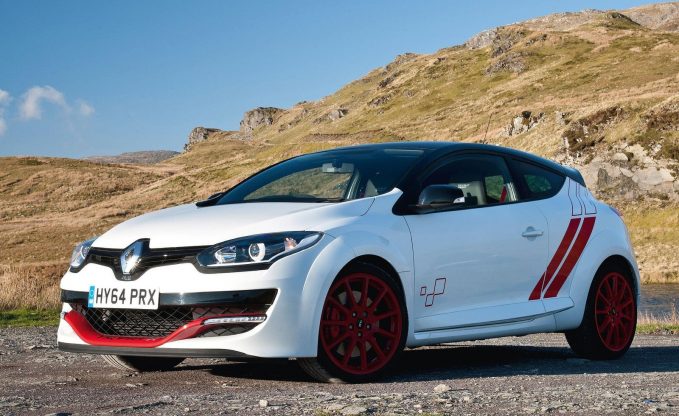
What Is It? Renault wasn’t satisfied with having the Clio be its only entry into the modern hot hatch pantheon, so it’s also been building the Renault Sport Megane since 2004. Over the course of the last decade, various iterations of the Megane have claimed Nurburgring lap records and the hearts and minds of European performance fans alike.
Why Is It Awesome? Let us count the ways: the current R.S. 275 Trophy-R model features 275 horsepower from a 2.0-liter turbocharged four-cylinder engine, Ohlin shock absorbers, and a factory Akrapovic exhaust system. It also weighs just 2,800 lbs. Even early Meganes kicked ass thanks to 225 horsepower tunes and a definite racing edge. Fun fact: the RS R25.5 (two R’s!) even replaced its back seat with a roll cage.
Why Didn’t We Get It? See above re: Renault and America’s mutual antipathy.
Nissan Pulsar Sunny GTi-R
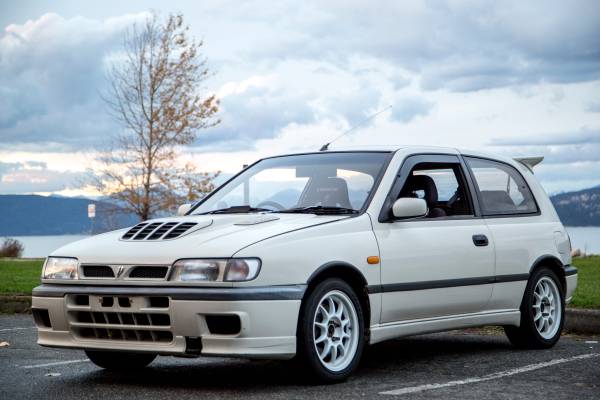
What Is It? Have you ever wanted a hatchback version of the GT-R? One that weighs half as much, but still packs much of the same turbocharged, all-wheel-drive goodness? Built for WRC homologation, the Nissan Pulsar Sunny GTi-R would like to have a word with you.
Why Is It Awesome? For a brief window between 1990 and 1995, it was possible to pick up Nissan’s Sunny (Europe) / Pulsar (Japan) compact hatch with an SR20DET turbocharged four-cylinder engine sending 230 horsepower and 210 lb-ft of torque to all four wheels. Don’t let those numbers fool you: the SR20DET was absurdly easy to modify for more grunt, and the tiny chassis handled itself well when pushed on a race track.
Why Didn’t We Get It? We did get a Pulsar (also later sold as the NX). It kind of sucked.
Mazda 323 GTR
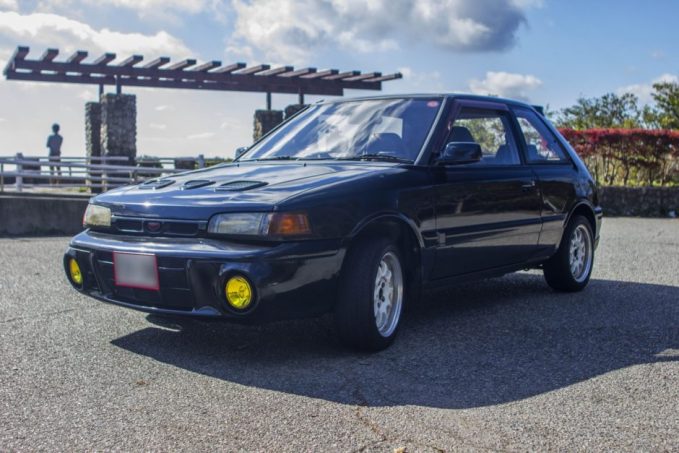
What Is It? Sold as the Familia outside of North America, the Mazda 323 has a rally history that the company only barely touched on during its ’90s-era heyday. Sure, you could get the all-wheel drive Mazda 323 GTX, but the GTR took things to a whole different level.
Why Is It Awesome? The 323 GTR hatch was Mazda’s answer to the Subaru Impreza in WRC, with street models offering about 200 horsepower and 184 lb-ft of torque from a turbocharged version of the brand’s venerable 1.8-liter BP four-cylinder engine. All-wheel drive, fun aero, a front-mount intercooler, and a lightweight chassis were standard, with Mazda churning out just 2,200 examples in order to homologate the car for rally racing between 1992 and 1994.
Why Didn’t We Get It? Mazda figured the detuned GTX was enough to keep Canadians and Americans happy.
Renault 5 GT Turbo
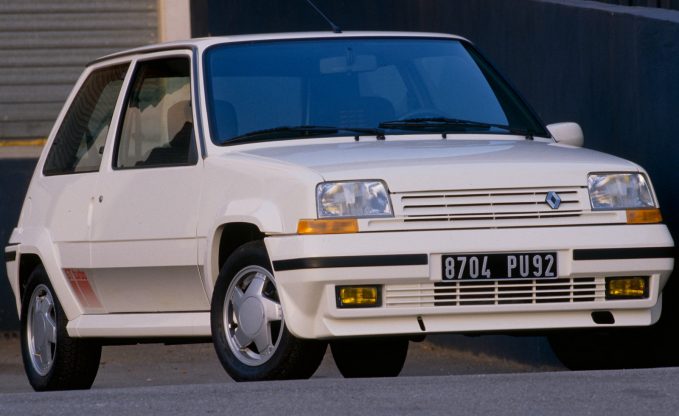
What Is It? A third Renault? Yes, really. This time we’re going back to the ’80s, which shows you just how long the automaker has been serious about stuffing too much power into its entry-level offerings. The GT Turbo version of the Renault 5 certainly blew the doors off the staid ‘Le Car’ image the hatch had in North America.
Why Is It Awesome? The Renault 5 GT Turbo went on sale after the vehicle’s redesign in 1985, featuring a turbocharged 1.4-liter four-cylinder engine pushing out 113 horsepower and 122 lb-ft of torque. Are you yawning right now? You’ll have to keep in mind that the Renault weighed in at well under 2,000 lbs, even with its clamped-on ’80s-chic sideskirts, meaning it could keep up with much more potent fare both in a straight line and on a twisty road.
Why Didn’t We Get It? Renault had absolutely no idea what it was doing in the U.S. market, as evidenced by the ‘Le Car’ branding and its relatively short stay before retreating back to France.
Lancia Delta HF Integrale Evoluzione II
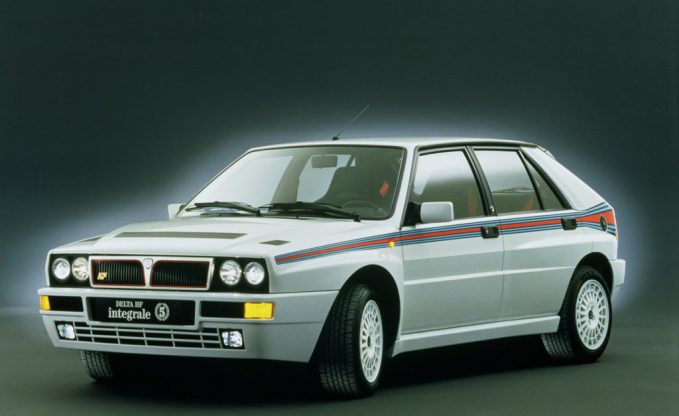
What Is It? Another rally-bred badass, this time from Italian marque Lancia. You’ll most likely recognize the Delta HF Integrale Evoluzione II from all those gravel races you won playing Gran Turismo.
Why Is It Awesome? The Evo 2 cars were the apex of the platform’s involvement in WRC (with the Delta winning six manufacturer’s championships in a row), and the car featured a wider track than the production chassis it was based on, along with a 212 horsepower turbocharged four-cylinder engine and standard all-wheel drive. Built exclusively in 1993, the car could snap a speedometer to 60 mph in 5.7 seconds, and had a top speed of around 140 mph.
Why Didn’t We Get It? Lancia never officially sold anything in North America. Not even hats or jackets.
Volkswagen Rallye Golf / Golf Limited
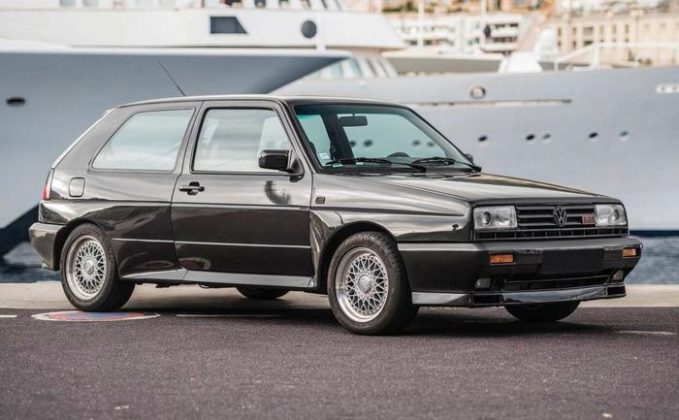
What Is It? Instead of rehashing older versions of the Golf R that everyone already knows about, we decided to go with these two rarely seen variants from the MK2 generation of one of the world’s most popular hatchbacks.
Why Is It Awesome? The Rallye Golf featured box flares and an all-wheel drive system intended to signify its link to the Golfs racing in WRC. It also came with a supercharged G60 8-valve engine displacing 1.8-liters and offering 158 horsepower, which was a big number for VW in the late 80s. The also-all-wheel drive Golf Limited was produced for a single model year (1990) and pumped out 207 horsepower from a 16-valve version of the same motor, giving it a 150 mph top speed.
Why Didn’t We Get It? Volkswagen decided that the expensive Rallye Golf wouldn’t fly with Americans who perceived the brand as a low-buck option. 5,000 were built for the European market. The Golf Limited was significantly more rare, with 71 produced, and much more expensive given that each one was loaded with every possible option available at the time. This helped make the Limited not only the most uncommon Golf model but also the most powerful until the R32 came onto the scene more than a decade later.


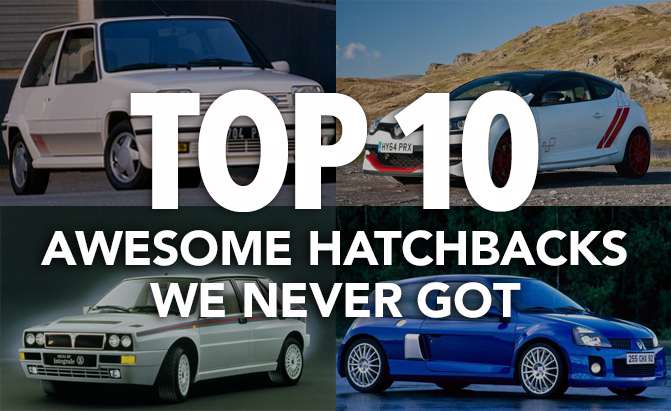
Leave a Reply